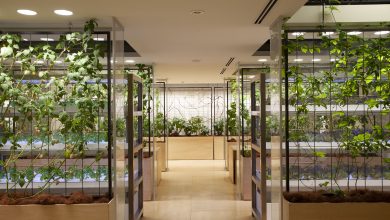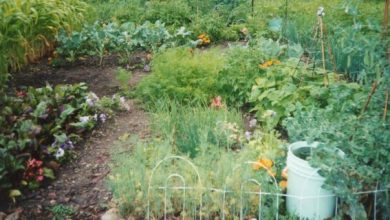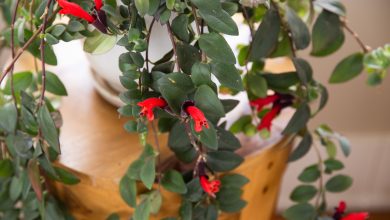Nandina cuttings: [Grafting, Season, Rooting and Sowing]
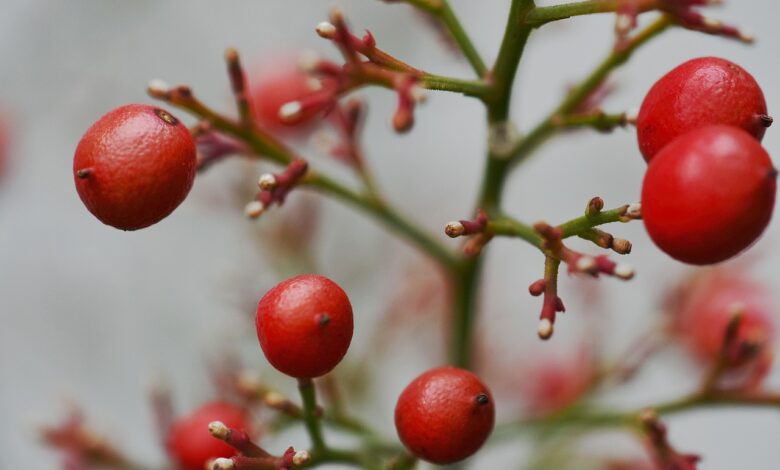
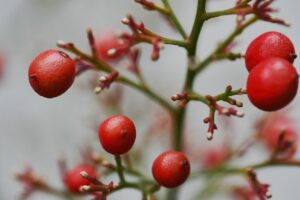 Nandina, also known as domestic nandina, is an ornamental-type shrub that can be enjoyed both indoors and outdoors.
Nandina, also known as domestic nandina, is an ornamental-type shrub that can be enjoyed both indoors and outdoors.
It has the particularity of producing a dark and shiny green foliage that makes a perfect contrast with the red berries that it offers as fruits.
It is a species that accepts reproduction by means of seeds or cuttings, having a good development in both cases. However, today we want to focus on the strategy to take advantage of existing plants with reproduction through cuttings.
It is a fairly simple procedure, so if it is the information you were looking for, take note because we do not leave anything saved.
With what other plants or trees can we graft the nandina cutting?
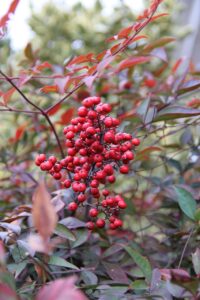 Nandina is a plant with very particular conditions whose preference is oriented towards cold climates.
Nandina is a plant with very particular conditions whose preference is oriented towards cold climates.
This offers few possibilities for a graft with other species to prosper , so it is not advisable to bet on this method of work.
In addition, due to its ornamental purposes, there are no major benefits that can be established by uniting it with other species.
What is the best time to plant nandina cuttings?
How to get nandina cuttings to root properly?
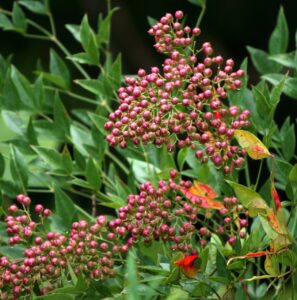 Working with nandina cuttings is fairly straightforward because they already accumulate a good amount of growth hormones for their age.
Working with nandina cuttings is fairly straightforward because they already accumulate a good amount of growth hormones for their age.
This leads to the need to use rooting hormones to be discarded as a mandatory action, although it could be applied if desired.
The cuttings must be worked in pots to have greater control of the development conditions. Ideally, you should use one and fill it with a quality substrate that is light and loose texture.
The base can be a universal substrate, but adding a component that helps to obtain the conditions described above, such as coconut fiber. However, using basic houseplant substrates will also do very well.
The best location is in a cool , dry place , where it receives a good amount of indirect light per day. After sowing the cutting , it is necessary to water abundantly without flooding.
Finally, it is necessary to cover the pot with a mesh or plastic bag to ensure that the interior humidity is preserved. Either way, you have to be careful that the substrate remains wet.
How should we take the nandina cuttings to plant them?
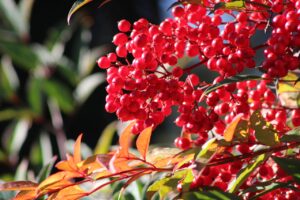 The structure of the nandina cuttings should be tender, with the characteristic green color of those branches that are just born in spring.
The structure of the nandina cuttings should be tender, with the characteristic green color of those branches that are just born in spring.
The length of the cutting is variable, being able to occupy between 10 and 15 centimeters according to the particular conditions.
Here the important thing is that it has at least three knots to achieve better results at the time of sowing. In addition, cutting the cutting is best done immediately after the last knot, since it is in this area that growth hormones tend to accumulate.
The presence of leaves is also decisive, although it is not necessary that there be a lot of foliage. With 2 or 3 on top it will be more than enough.
How long should we leave the nandina cuttings in water?
This does not mean that they do not need high humidity for development, as it is key to keep the substrate well hydrated to improve results.
Is it convenient to use compost or compost?
Of course, throughout the development process, periods are established in which the use of good organic matter is essential for the plant to be healthy.
How long does it usually take for a nandina cutting to come out?
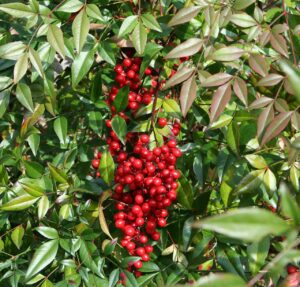 The average time that the cuttings will need to produce their roots will be 2 or 3 months for greater security.
The average time that the cuttings will need to produce their roots will be 2 or 3 months for greater security.
Afterwards, it will be necessary to transplant, either to a new pot or to a place outside .
It is important to note that nandina can be kept in pots throughout its life, transplanting every 4 years to aerate its roots.
When kept outdoors, in full sunlight, we can see a wonderful change in the color of the leaves that turn red at the end of summer . That is one of the main reasons that lead many people to prefer to place it in their home gardens due to its high ornamental value .
If you want to go deeper, you can see: Sow domestic nandina .

![Photo of Equatorial Climate: [Characteristics, Flora, Fauna and Adaptability]](https://www.complete-gardening.com/wp-content/uploads/2022/08/equatorial-climate-characteristics-flora-fauna-and-adaptability-390x220.jpg)
